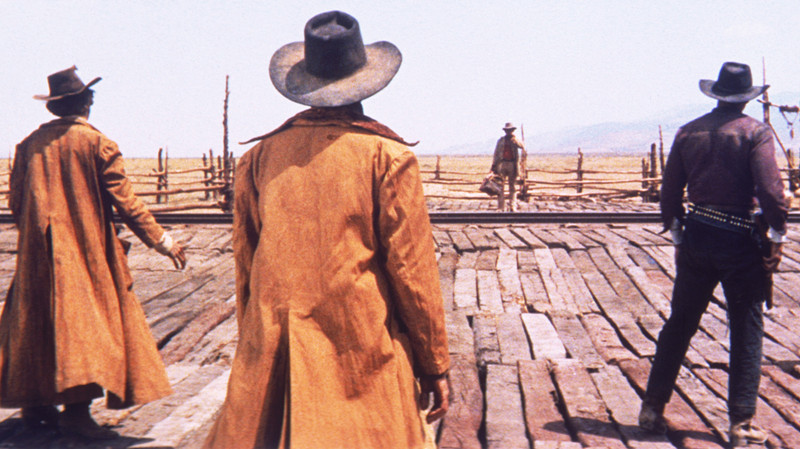
From its creation in the late 19th century, Cinema has since developed into a loved and highly respected art form. Increasing artistic control lies in the power of the director of a film, whose individual style, techniques and motifs often define the result of a feature; similar to an author writing a book in his own idiosyncratic manner.
The talent and creative pedigree of directors strongly vary, usually those with distinctive stylistic approaches to cinema being the most acclaimed and prestigious. This list analyses those brilliant few, and the particular scenes in their filmography that exemplify their unique style better than any other.
1. Stanley Kubrick – Barry Lyndon (1975) – Scene by candlelight
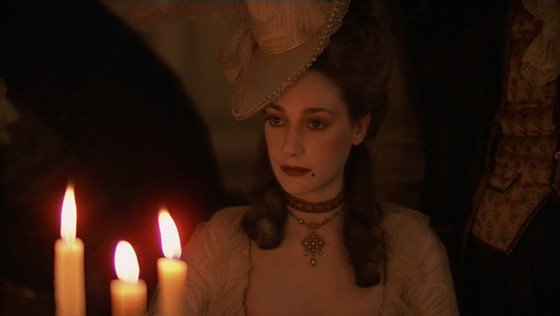
Widely regarded as one of the most influential filmmakers of all time, Stanley Kubrick’s meticulous directorial style has resulted in some of cinema’s finest films, including – despite it not being highly acclaimed or appreciated upon its release – the period drama film Barry Lyndon, a work of true technical brilliance and cinematic beauty.
Beginning his artistry as a photographer, Kubrick’s unrivalled expertise and demanding perfectionism is exemplified in several scenes in Barry Lyndon (and 2001: A Space Odyssey) however none more so than the “opening seduction” scene, performed with only candlelight as an illuminator.
By obtaining three super-fast 50mm lenses with huge apertures that were originally intended to be used by NASA for the Apollo Moon Landings, Kubrick not only broke ground in new cinematographic technology (to this day the film still features the lowest ever f-number in history), but diligently constructed a naturally lit world in the absence of electricity, adding essential texture and an elegant quality to the feature. However, it is not only the visuals – which strongly resemble a poetic renaissance painting throughout the feature – that are completely under Kubrick’s vigorous control.
With almost no dialogue from the central three performers, the subtext and intentions of the characters are revealed not through strong facial or paralinguistic expressions, but rather with subtle yet definitive eye movements, directing the audience’s attention from one character to another with placid execution.
This, as well as the flawless mise en scene and costuming, is expertly orchestrated by Kubrick, whose typical precision results in a cultured scene that embodies the Kubrickian cinematic ideology; aesthetic beauty from technical relentlessness.
2. David Lynch – Mulholland Drive (2001) – Club Silencio scene (including the silent orchestra)
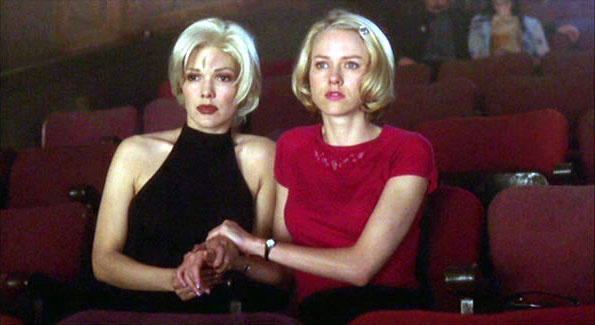
The perplexing, extraordinary and completely unique cinematic world of David Lynch is one that has been analysed by audiences and critics alike since the directors’ debut in 1977 with the bizarre Eraserhead. Despite both his first feature and Blue Velvet offering several quintessential “Lynchian” scenes, Club Silencio in Mulholland Drive reveals in a short seven minute period the very essence of Lynch’s style.
Dreams and the subconscious, as well as the representations of people’s inner feelings, are central thematic devices throughout Lynch’s filmography, and the Club Silencio scene is no exception. The primary characters, Betty and Rita (who have recently become lovers), enter the club in a dreamlike fashion after Rita repeatedly utters “Silencio” in a seemingly unconscious state.
The following events at the club completely alter both the plot and direction of the film, without ever justifying or directly stating anything; typical Lynch. The haunting Spanish rendition of Roy Orbison’s “Crying” (Orbison’s songs have been used in several Lynch films) in a dark, enclosed theatre adds to the already surreal and otherworldly atmosphere Lynch loves to create. Blue light sporadically permeates the room, usually when the situation is becoming too intense for Betty, a technique that can be seen in both Eraserhead and The Elephant Man, and is a staple for suffering character’s in Lynch’s delusive realm.
Finally the revealing of an odd, blue haired woman in the upper box of the theatre that represents Rita’s inner conscious in relation to the death and possible murder of Camila shows how Lynch is operating to his full surrealist capacity, abusing the visual aspect of cinema to allow us to interpret the scene for ourselves without any true guidance or direction from the storyteller himself. Dreams, out of place physically deformed characters, and even Roy Orbison, Club Silencio has all the Lynch tropes that have made him a genuine and brilliant auteur of the 21st century.
3. Martin Scorsese – The Wolf of Wall Street (2013) – Daily drug routine scene
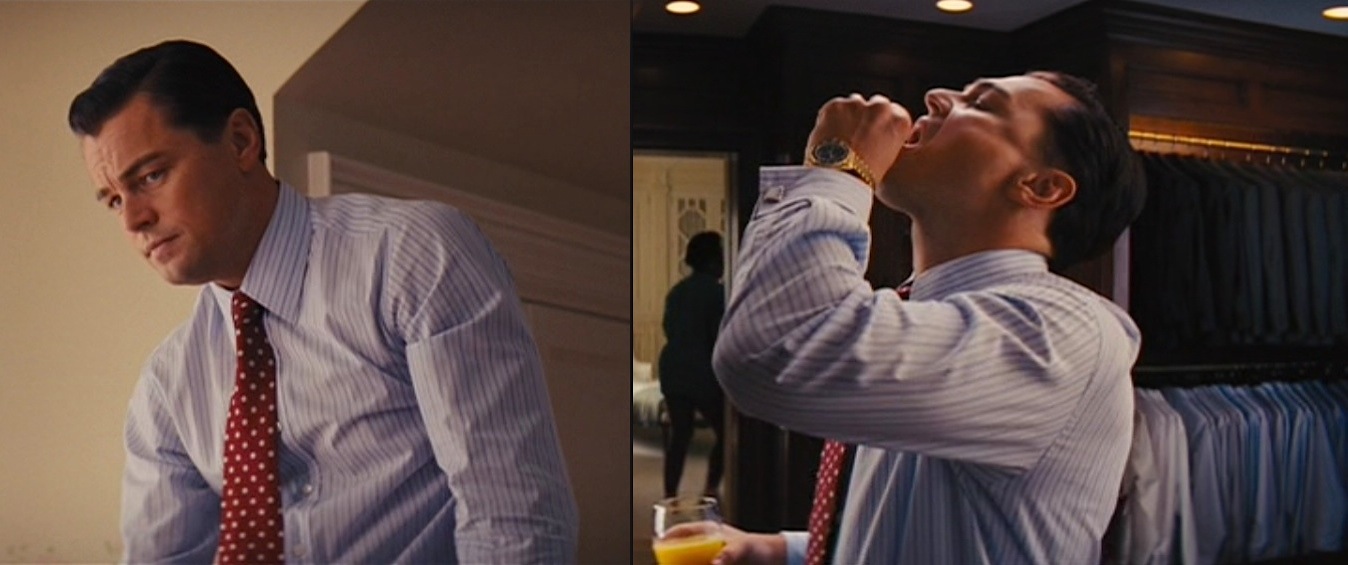
Despite not being a true Scorsese classic such as Taxi Driver or Raging Bull, The Wolf of Wall Street still offers an acute insight into the director’s cinematic style. A regular on a Scorsese set, Leonardo DiCaprio plays the culpable yet charismatic Jordan Belfort, an infamous 90s stockbroker whose addiction to drugs, sex and most of all money, led to his own capitulation and 4 year prison sentence. Crime, New York, money and intoxicants – already archetypal Scorsese territory.
As Belfort smugly takes us through his daily drug routine towards the beginning of the film, he is followed with a smooth tracking shot down his grandiose staircase and outside to his Ferrari. Breaking the fourth wall whilst narrating himself, Belfort is next seen in his office, surrounded by piles of cocaine and hundred dollar bills.
The fast yet fluid camera work is typical of Scorsese, such as the point of view shot of Belfort snorting a line of cocaine and the dolly shot of Jordan leaving his house, which helps portray a frenzied world in the film, a representation that Scorsese has consistently made throughout his filmography.
Similar to Goodfellas, the main characters may be largely immoral, however they become magnetic and captivating to the audience – especially DiCaprio in the lead role – creating a comedic sensibility in addition to the several acts of delinquency which can be seen in all of Scorsese’s films.
For 40 years Scorsese has indulged us with his taboo based, visceral New Hollywood filmmaking style, and he shows no signs of letting up with the “Drug Routine” scene in The Wolf of Wall Street, exemplifying the kinetic camerawork, narration and criminal themes that make his form unique.
4. Wes Anderson – The Royal Tenenbaums (2001) – Meet the Tenenbaum children

After making 2 highly acclaimed but relatively little known features in Bottle Rocket and Rushmore, 2001’s The Royal Tenenbaums truly put the quirky, eccentric and scrupulous imagination of Wes Anderson on the cinematic map.
Nominated for an Academy Award for Best Original Screenplay, the film is certainly unique in both its plotline and tone, following the three Tenenbaum children and their endeavours, with Anderson’s distinct directorial style creating a peculiar yet heartfelt comedy that simultaneously remains light hearted whilst addressing serious subject matter such as love, depression and abandonment.
Despite an interesting and eventful narrative it is the meticulous design and visual aesthetics that steal the show, and during the introduction of the Tenenbaum children towards the beginning of the film, Anderson typifies his exclusive film style with aplomb.
The use of child actors, narration and the careful choice of typography are all staples of the Wes Anderson visual arsenal, and when combined with fast-paced but flat camera movements and a strong, refined colour scheme, it creates an other worldly, but not surreal sense of cinema; a world completely separated and individual, similar to opening a toy box and watching the mechanics work in perfect harmony.
The Anderson cinematic ideology is summed up in his obsessive symmetry in almost every frame, which can be seen throughout the introduction of the Tenenbaum children, arresting and impressing the viewer concurrently through a completely unique technique – a true modern auteur.
5. Alfred Hitchcock – Rear Window (1954) – Panning window opening

The cinematic “Master of Suspense” Alfred Hitchcock is known for his vast catalogue of recurring themes, motifs and plot devices, several of which can be seen in the opening scene of his 1954 feature, Rear Window, a quintessential Hitchcockian mystery thriller starring Jimmy Stewart.
Despite Hitchcock’s infamous reputation for “disliking” actors, they were frequent collaborators, and as the camera effortlessly travels around the apartment set of Rear Window, Stewart plays L.B Jeffries, a professional photographer who has recently broken his leg in a racetrack accident.
Voyeurism, sexuality and the building of suspense are all common tropes in Hitchcock’s filmography, and can all be seen within the first 3 minutes of the feature; Jeffries viewing from his window, an attractive young blonde woman getting changed in her apartment, and the revealing of Jeffries job and the reason behind his injury and current incapacitated state.
Hitchcock’s manipulation of the audience and performers is also typical of his cinematic style, demanding complete focus by placing the viewers of the film in the position of the voyeur, thereby creating a moral dubiety in the audience as well as in the narrative.
Within one sequence, Hitchcock masterfully controls the viewer, reveals essential background information about the film’s central character and squeezes in several of his recurring motifs – all without any dialogue or distinctive action. Purely cinematic and timeless, the short yet iconic opening of Rear Window shows archetypal features of Hitchcock’s cinematic oeuvre; one of the finest in the history of film.
6. Woody Allen – Manhattan (1979) – Isaac’s New York monologue
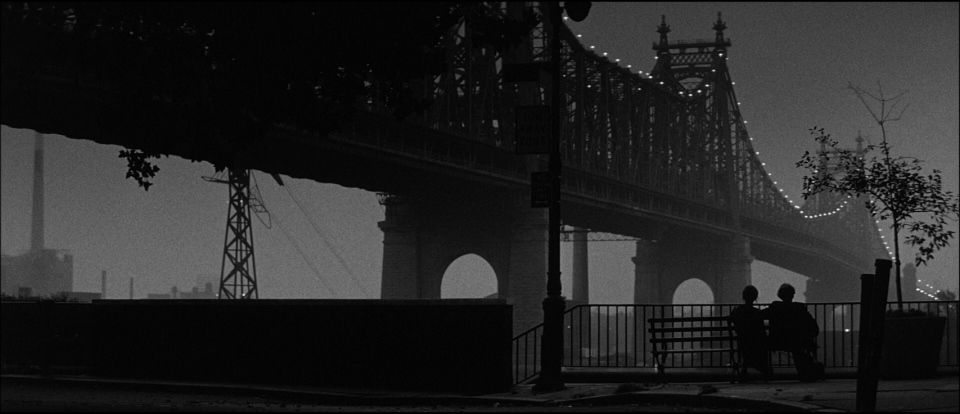
A popular stand-up comedian before moving into screenwriting and directing, Woody Allen had created a humorous persona of a quick-witted and intelligent yet timorous nebbish which he portrayed consistently in the work of his earlier career, to great acclaim and veneration.
In the opening monologue of Manhattan, Isaac attempts to narrate to the audience the first chapter of his book, despite being constantly interrupted by his own corrections and emendations, helping to create a representation of the insecure character that Allen loves to play. Not only this, but he also details his great adoration for the city of New York, reflecting Allen’s real life obsession with his home town.
The metropolis features in the vast majority of Allen’s best features at one point or another, but in Manhattan Allen takes his infatuation to new heights, with the city becoming almost like a character throughout the film. Beautifully shot in black and white, the scene (and whole film) is accompanied by George Gershwin – Allen himself is a huge fan of jazz, and Gershwin in particular.
Despite the comedian claiming that, in real life, he is in fact very much dissimilar to the unconfident intellectual that he portrays, there is no doubt that at the heart of Woody Allen’s style lies the streets, culture and buzz of New York, exemplified perfectly in Manhattan – a cinematic homage to the city.